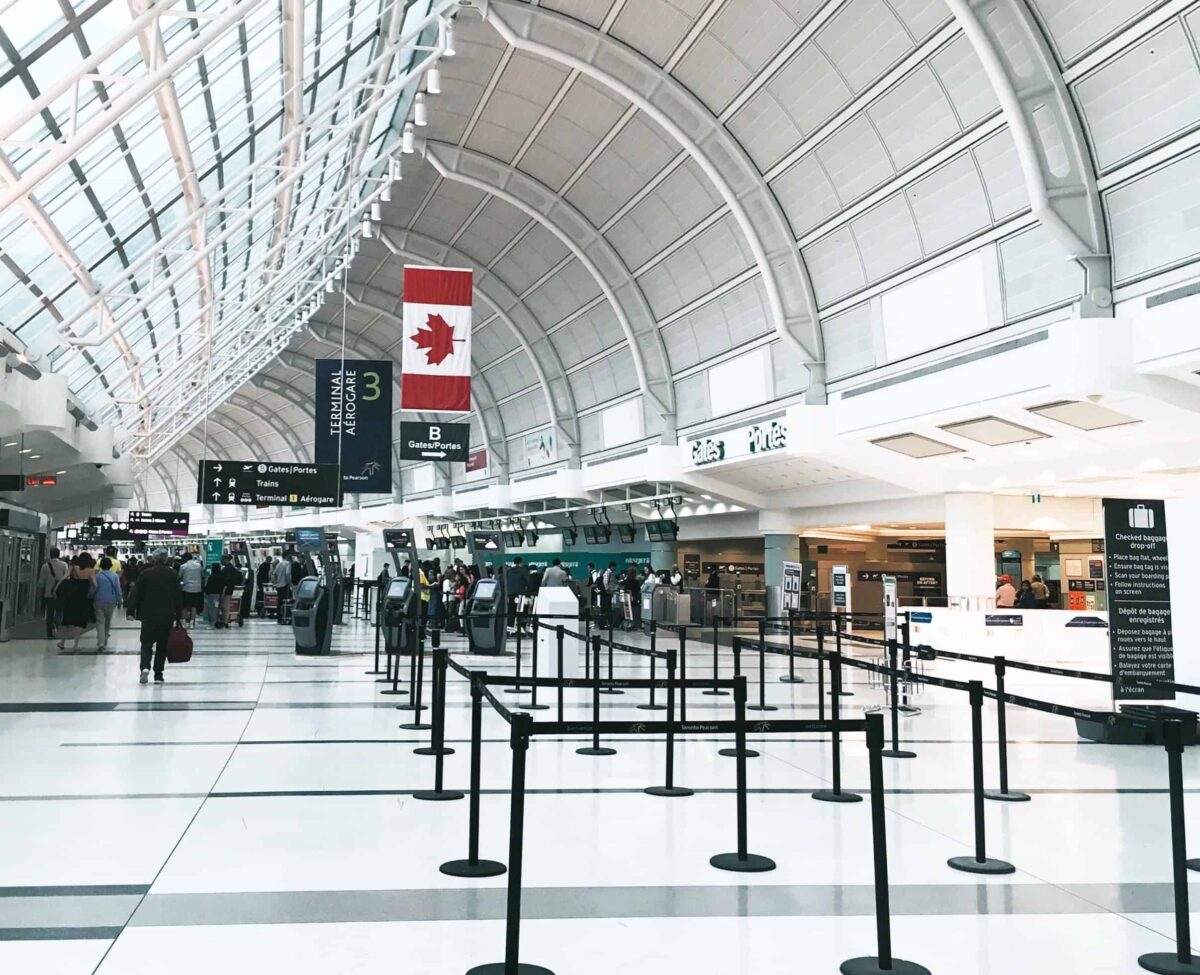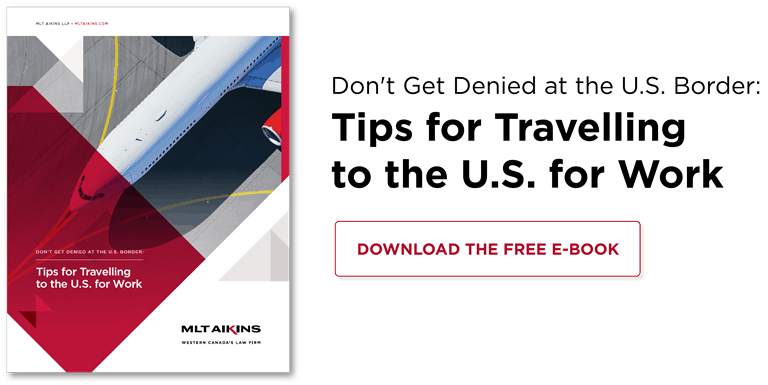More Headaches at the Border for Canadian L-1 Status Holders

With regulations tightening, it’s more important than ever to arrive prepared. Here’s how.
Recent developments at Canadian airports suggest that it could be increasingly difficult for L-1 status holders to cross the border into the United States.
On March 7, 2019, the American Immigration Lawyers Association (AILA) noted that it had received multiple reports from its members that certain points of entry (POEs) along the Canadian border were refusing to process extensions to L-1 status. The refusals came predominantly from Calgary International Airport but quickly spread to other airports and land POEs.
Throughout April 2019, reports of changes in procedure continued to roll in from several different airports and land POEs, with some reporting that individuals seeking “new” L-status in situations where they had previous L-status with the same employer were now also being denied.
Most recently, on April 25, 2019, following discussions between AILA and U.S. Customs and Border Protection (CPB), CPB headquarters confirmed that it had issued a memorandum effectively implementing policy change for L-1 status holders, and that it intended to continue in this practice.
As a refresher: the L-1 allows executives, managers and specialized knowledge employees from foreign countries to work in the U.S. for up to three years for a related U.S. company. Following that, they can apply for a two-year extension.
Technically, extensions to L-1s are to be made by filing — through the mail — what is called a “petition” with the United States Citizenship and Immigration Services (USCIS), a process that normally takes weeks or even months. In practice, however, Customs and Border Protection (CBP) agents at Canadian airports would often simply process extensions for business travellers as new L-1s.
Now, it seems, CBP agents are refusing to process renewals — a situation that could cause untold headaches for workers (and their employers) who conduct business in both countries.
L-1 holders in need of a renewal will no longer be able to count on having new L-1s issued at the POE. To be safe, they’ll have to apply for the extension by mail, months in advance of travel, and wait for them to be issued and mailed back. Travellers who show up at a POE expecting a renewal or extension of their L-1 statuses run the risk of being denied entry into the United States.
At the present time, applying at a POE for new L-1 status continues to be allowed. Canadians applying for L-1 status for the first time are being processed in the normal fashion.
However, Canadians applying for subsequent L-1 status after their old L-1 statuses have expired are facing uneven treatment. While some are still able to obtain L-status upon entry to the U.S., others are being turned back and told to apply by mail.
Given these developments, it’s important to ensure that any employees with L-1 statuses file petitions well ahead of the expiration dates of the original L-1s and allow substantial time for the applications to be processed.
Often, business travellers do not have months to wait: they’ve already made travel plans in the immediate or short term, relying on the assumption that they can renew their L-1s at the POE.
Unfortunately, these folks run the risk of being caught out by this interpretation of the rules. What should they do?
- Allow appropriate time. If your company is sending employees to the U.S., make plans early to avoid potential issues down the road.
- As always, be prepared. Whether an employee is travelling with a new, an expired or a nearly expired L-1, it is always a good idea for a traveller to know clearly the information in his or her L-1 immigration package and to be able to answer any questions that may be asked. Employees should arrive at the airport in plenty of time to weather delays in having the visa issued. The information employees give to the border agent should be consistent with the information in their visa application packages.
- While employees may not have any problems at the POE, a traveller whose status is denied should not get on the plane.
- And while this may go without saying, we’ll say it here: never argue with the border agent. Instead, the thwarted traveller should politely request the reason for the denial, and then call legal counsel to help resolve the issue. If a border agent feels that a traveller is in any way a threat, or misrepresenting his or her purpose in travelling to the U.S., the agent can deny that person entrance to the country indefinitely. It is not a risk worth taking.
In short, the recent denials at Canadian airports and U.S. ports of entry are one more sign of a very real tightening of the U.S. border, one that could have negative impacts for your business.
Today, it’s increasingly important to pay close attention to the rules and regulations around business travel and visas to the U.S. and to be as proactive and prepared as possible when it comes to crossing the border. If you or your company is planning a business trip to the United States, contact your legal counsel or one of our immigration team members to discuss the best way forward.
Note: This article is of a general nature only and is not exhaustive of all possible legal rights or remedies. In addition, laws may change over time and should be interpreted only in the context of particular circumstances such that these materials are not intended to be relied upon or taken as legal advice or opinion. Readers should consult a legal professional for specific advice in any particular situation.





